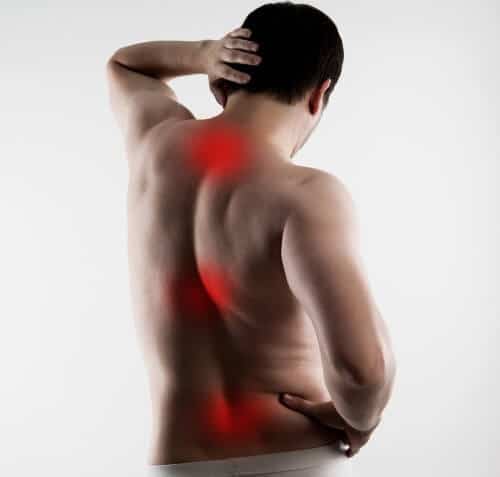The researchers from Tel Aviv University and the Weizmann Institute hope that in the future paramedics will be able to provide treatment immediately at the scene of the incident, and improve the recovery chances of the injured. The study was recently published in the Journal of Neurotrauma.

Researchers at Tel Aviv University, led by Dr. Angela Ruben and Dr. Yona Goldschmidt from the Faculty of Medicine, tested an innovative treatment for spinal cord injuries, and showed that it significantly reduces the nerve and motor damage in model mice. The research shows that providing the treatment, as close as possible to the time of the injury, is expected to significantly improve the recovery chances of the victims.
The study was recently published in the Journal of Neurotrauma.
"A person with a spinal cord injury asks himself: Will I be disabled? can i go again But in many cases, the clear and final answer is given only weeks or months later," says Dr. Ruben. "The main reason for this is that in the area of the injury, various physiological and chemical processes continue to occur, which arose in response to the trauma. One of these is a dramatic increase in the concentration of glutamate - an important and common neurotransmitter of the central nervous system. Glutamate at too high a level kills nerve cells, and creates extensive secondary damage. This phenomenon has been known for years, and over time drugs have even been developed to lower glutamate levels - by blocking its activity in the brain. But these drugs, intended for patients with neurodegenerative diseases such as Alzheimer's and ALS, had very limited success, and were characterized by many severe side effects."
The researchers at Tel Aviv University took a different and innovative approach, which was developed a few years ago by the late Prof. Vivian Teichberg and Dr. Angela Ruben at the Weizmann Institute of Science. Prof. Teichberg found that carrier proteins (transporters) in the blood vessel cells in the blood-brain barrier (a membrane that separates the general blood system from the cerebrospinal fluid) regulate the level of glutamate in the brain by pumping excess and releasing it into the circulation. It also became clear that the measure of release is the concentration of glutamate in the blood at any given time. In a normal state, this system contributes to maintaining the balance of glutamate levels in the brain and central nervous system.
"Based on Prof. Teichberg's findings, a new approach was developed," explains Dr. Ruben. "Instead of interfering with the activity of glutamate in the brain, it is enough to reduce the level of glutamate in the blood, and the body's natural regulatory system will do the rest. The reduction of glutamate in the blood will create a 'concentration cascade' between the brain and the circulation, and the system for removing glutamate from the central nervous system will increase its activity. In recent years, this approach has been successfully tried in animal models, to treat various diseases and neurological injuries. We wanted to test its effectiveness in the case of spinal cord injury."
As part of the research, Dr. Yona Goldschmidt, a spinal cord injury researcher for many years, created a spinal cord injury model in mice: cutting the spinal cord down to the middle, in a way that paralyzed one hind leg, but did not harm the function of the other legs. Half an hour later, and for five days, the mice were treated by injecting a liver enzyme that breaks down the glutamate molecule in the blood. The results were extremely promising: among the treated mice, the injury scars decreased and the inflammatory process decreased significantly. And what's more: the nerve fibers (axons) that were cut began to regenerate and recover, and even penetrated the injured area. The mice themselves began to run normally, and the damage was hardly noticeable.
"We believe that the new approach forms the basis for the development of innovative treatments, which will prevent or alleviate the severe consequences of spinal cord injury," concludes Dr. Ruben. "The hope is that in the future every ambulance will be equipped with drugs based on our method, which will be injected into the injured immediately in the field, in order to ensure an optimal result."
More of the topic in Hayadan:
